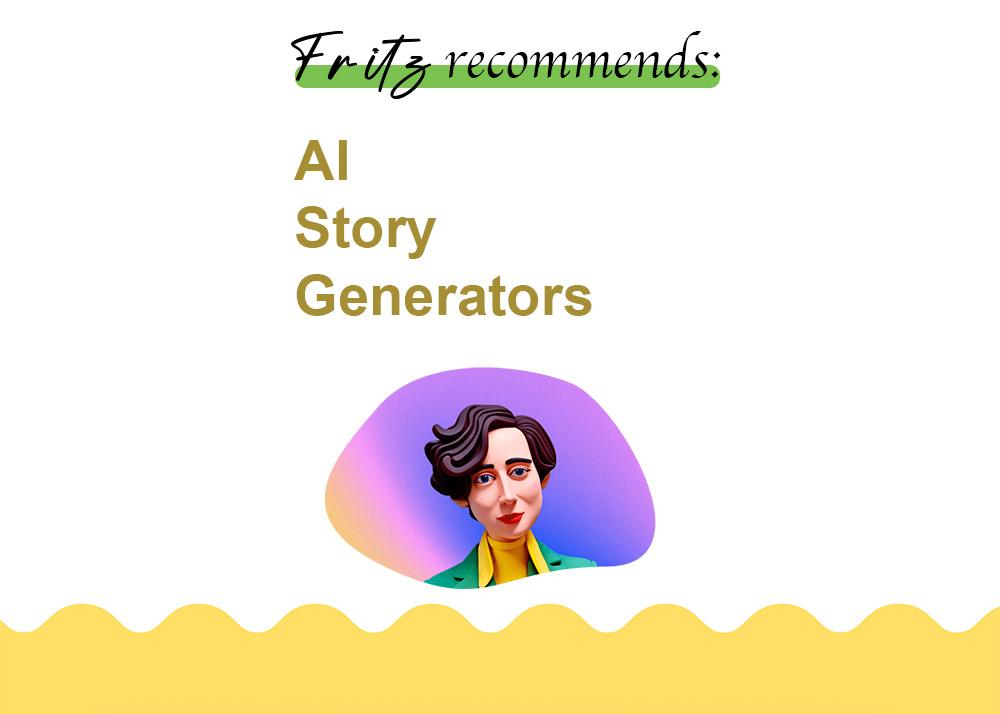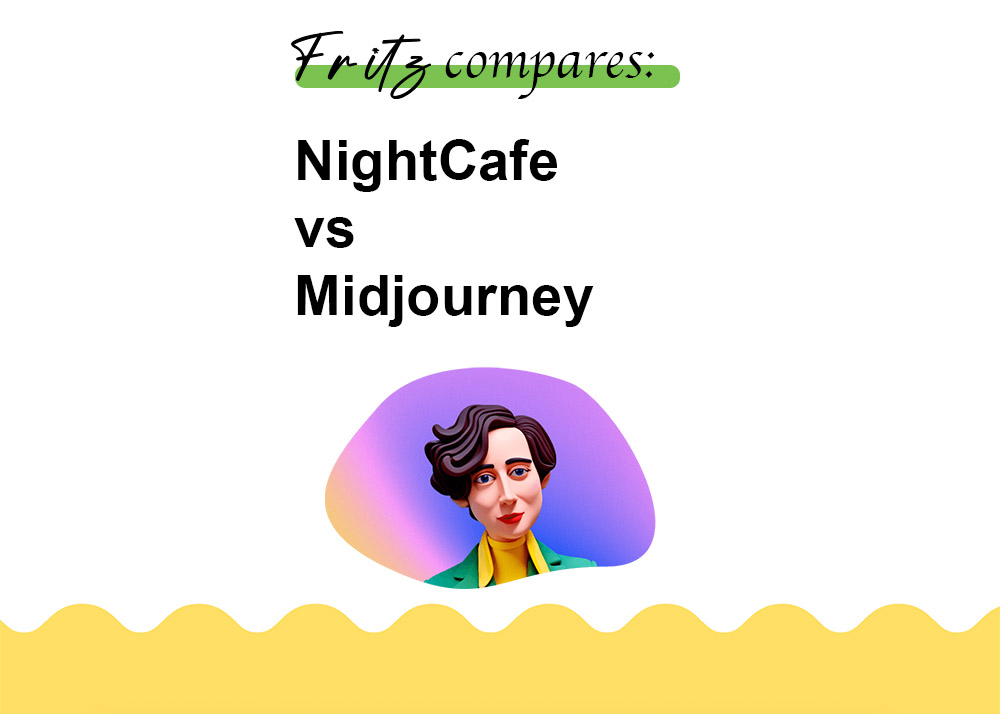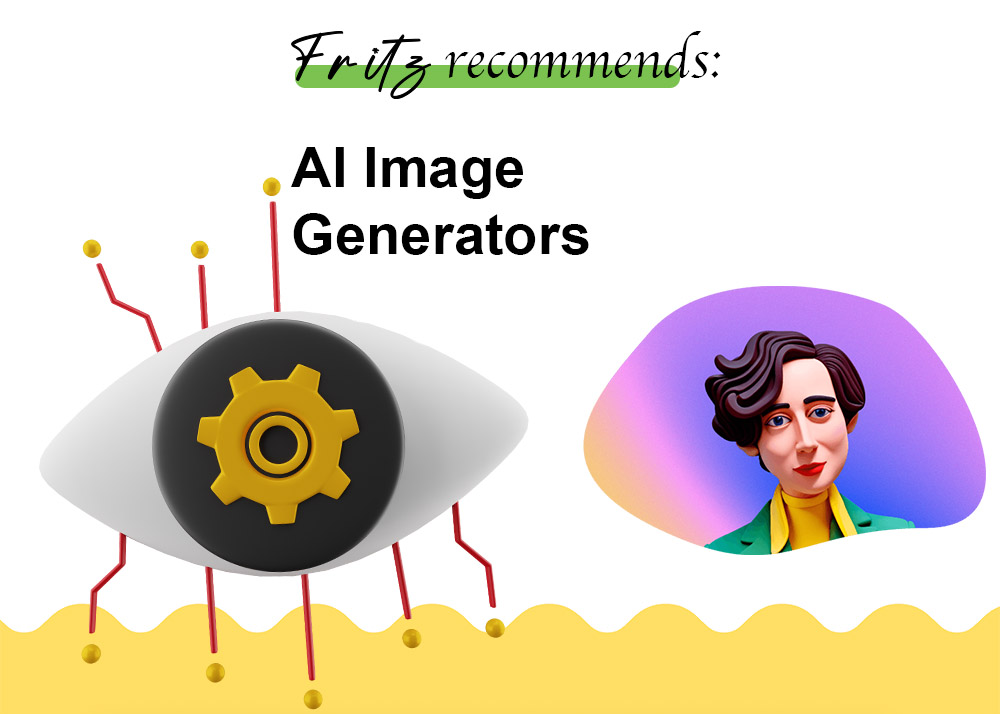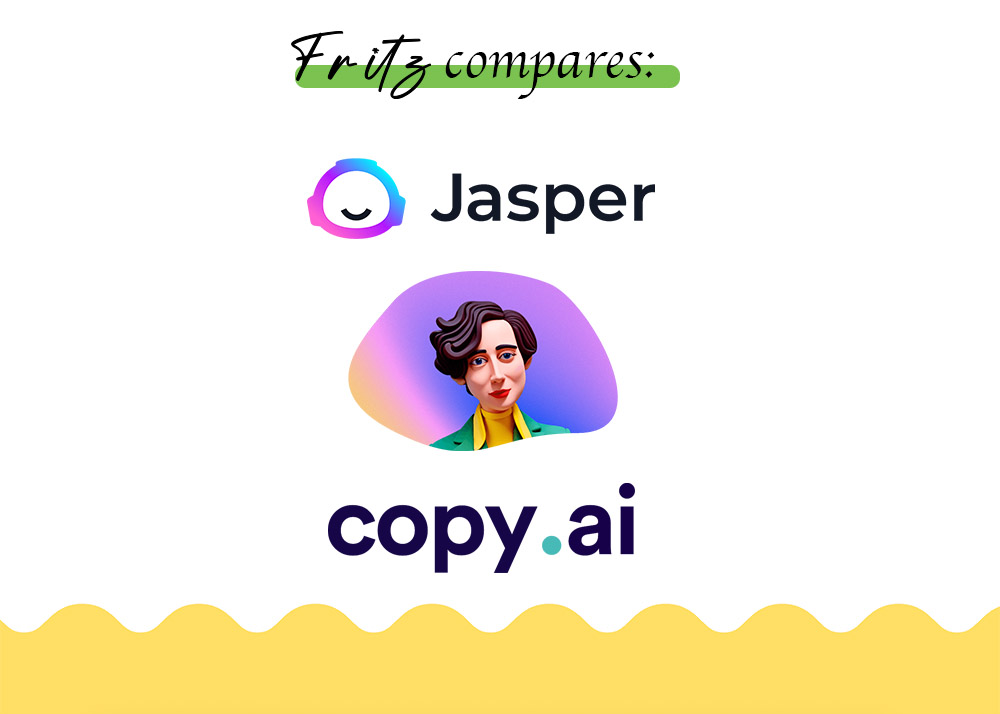Jasper AI stands out as a real tool for efficiency, transforming the way we think about content generation. With its advanced features and user-friendly interface, Jasper AI promises to streamline the content creation process, making it easy-to-use for marketers, bloggers, and writers alike.
But, as with any cutting-edge tool, the question on everyone’s lips is, “How much does it cost?”
Continue reading “Jasper AI Pricing (2024): Costs, Fees & Plan Comparison”









